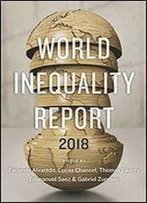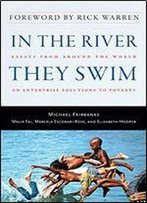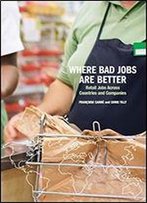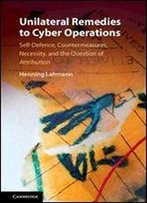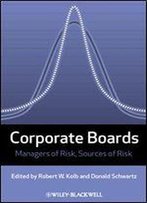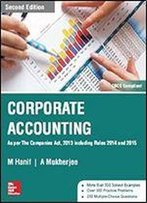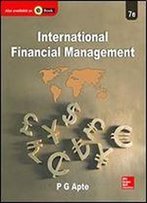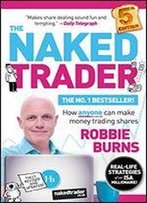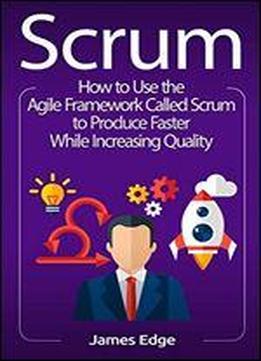
Scrum: How To Use The Agile Framework Called Scrum To Produce Faster While Increasing Quality
by James Edge /
2018 / English / PDF
7.9 MB Download
If you want to learn about Scrum then keep reading... Are you having trouble getting products to market? Do you struggle with meeting the actual needs of your customers despite spending elaborate amounts of time planning out how you will meet the needs they outlined to you? Do not fear you are not alone. But you also do not need to get comfortable here. Your company can also be one of the innovators. You can shake up the industry by offering creative solutions to users and clients alike. You can create a self-managed, self-motivated, fun work environment. And of course, you can bump up your ROI. How are all these things possible? Scrum, of course! Not familiar with this methodology for project management? You are not alone here either. Many companies are still discovering the benefits of this Agile process. There are so many benefits to implementing Scrum projects in almost every industry, but the framework takes time and dedication to master. Thankfully, you are one step closer to that mastery. Dive into chapters that explain, outline, offer advice, and provide examples to round out your understanding of this method of Agile project management and how you can successfully adapt it to your organization. Provide quality products fast to your customers thanks to the advice in this book. Techniques, tips, and tools you will find in Scrum: How to Use the Agile Framework Called Scrum to Produce Faster While Increasing Quality include: A succinct review of Agile project management to set the foundation of your Scrum knowledge. The history and values of Scrum methodology. A description of each Scrum team member role and how to choose the best people for the job. The extensive reasoning for why you should choose Scrum as your go-to method for completing projects. Examples of Scrum artifacts accompanied with clear definitions of what they are and how they are used. The sprint process boiled down into an understandable cycle that can fit almost any project of any size. Comparison of the traditional method of project management, Waterfall, estimation and "story Points" used in Scrum projects. Equations used to determine release dates based on the features a client requests for a Scrum project. Various forms of a project roadmap and when and how to use them best. A comprehensive discussion on the daily Scrum, including tips on the best use of the time in the stand-up. Two case studies presented along with the lessons learned from the practical application of Scrum in different industries. Additional tips and tricks on how to become the best Scrum company around. And much, much more! Get this book now to learn more about Scrum!

